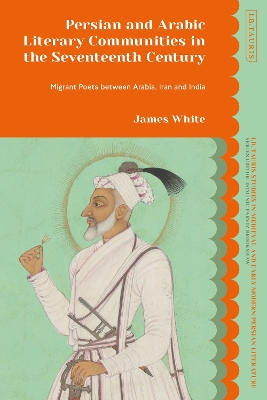IBT Studies in Medieval and Early Modern Persian Literature
1 total work
Persian and Arabic Literary Communities in the Seventeenth Century
by James White
Published 23 February 2023
A wealth of scholarship has highlighted how commercial, political and religious networks expanded across the Arabian Sea during the 17th century, as merchants from South Asia traded goods in the ports of Yemen, noblemen from Safavid Iran established themselves in the courts of the Mughal Empire, and scholars from across the region came together to debate the Islamic sciences in Arabia’s holy cities of Mecca and Medina. This book demonstrates that the globalising tendency created by migration fundamentally affected the course of literary production too. It examines how the movement of authors created two intersecting literary communities, one Arabic and one Persian, which linked Iran, India and the Arabian Peninsula in a system of exchange, and which created a new, consciously international expressive idiom in both Arabic and Persian poetry. Digging into a wealth of 17th century Arabic and Persian literature that has remained hidden on the shelves of manuscript libraries in India, Iran, Turkey and Europe, the book brings to light how mobility encouraged poets to use cognate forms, imagery and rhetoric to connect with one another across vast distances. The book combs through biographical anthologies of 17th century poetry, reconstructing overarching patterns in the movement of the literati and the economic basis for their migration, before focusing on six case studies of literary communities, which each represent a different location in the circulatory system of the Arabian Sea. For the first time, the book shows how the 17th century literary texts produced in places such as Yemen, the Deccan plateau and Iran were in dialogue with one another. It demonstrates that migration was multidirectional and multilingual and it connects the findings of cultural history with material philology.
